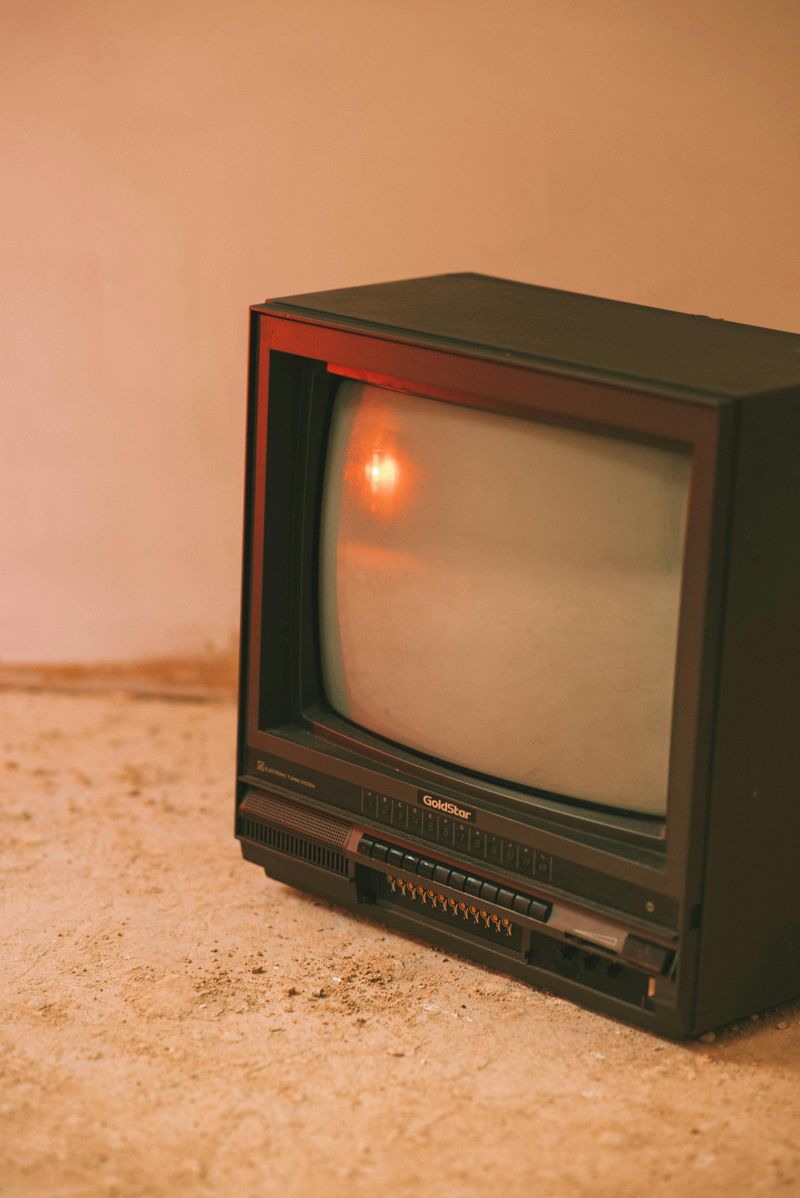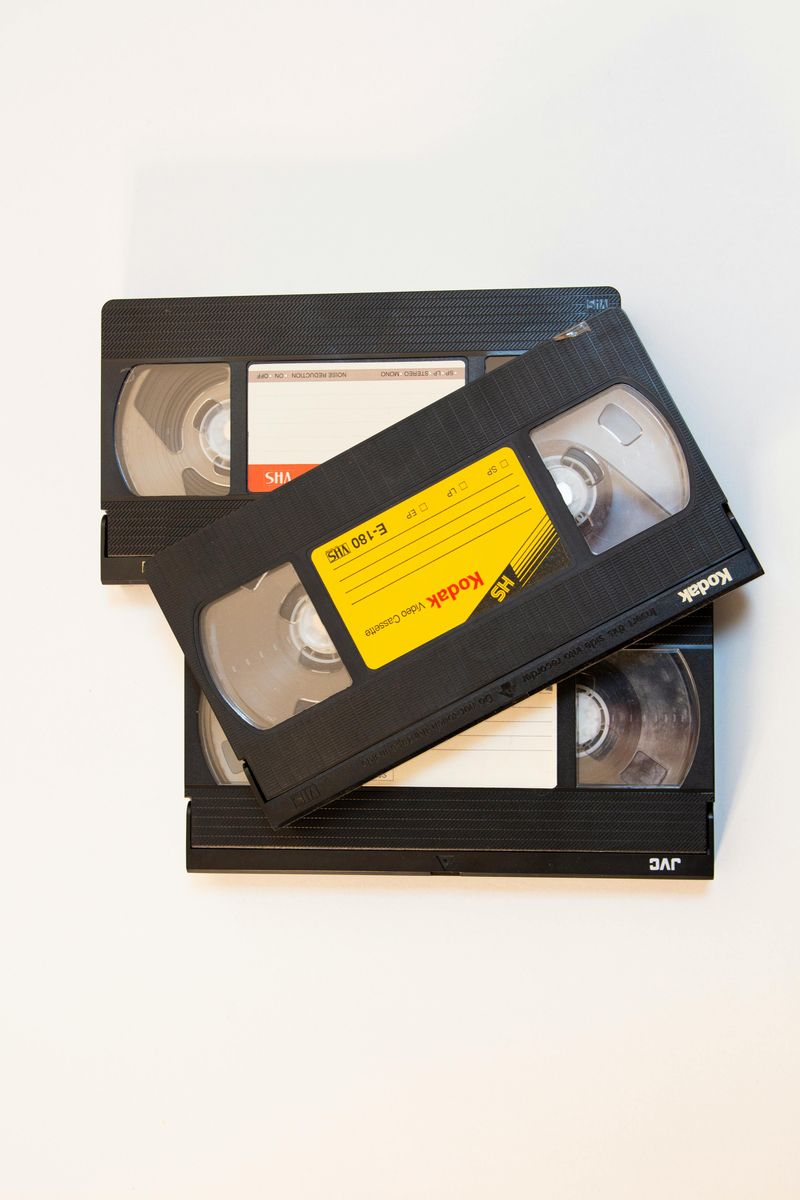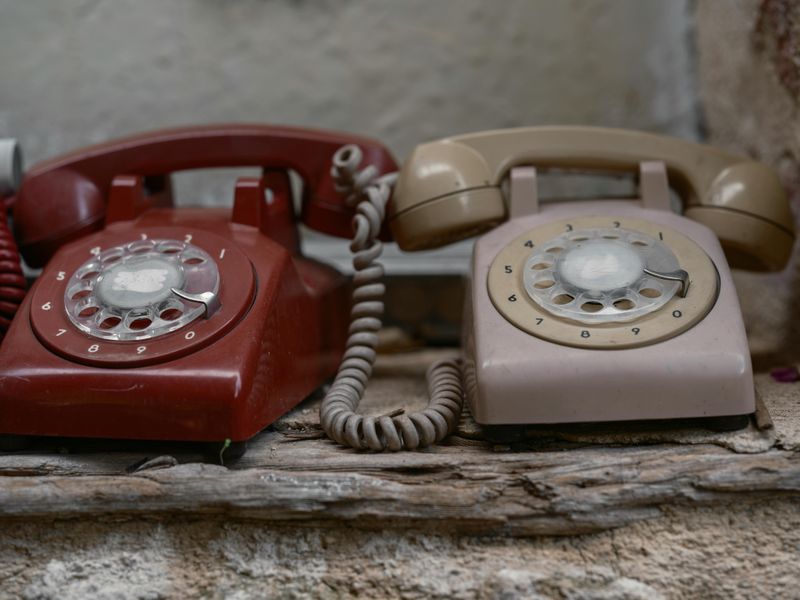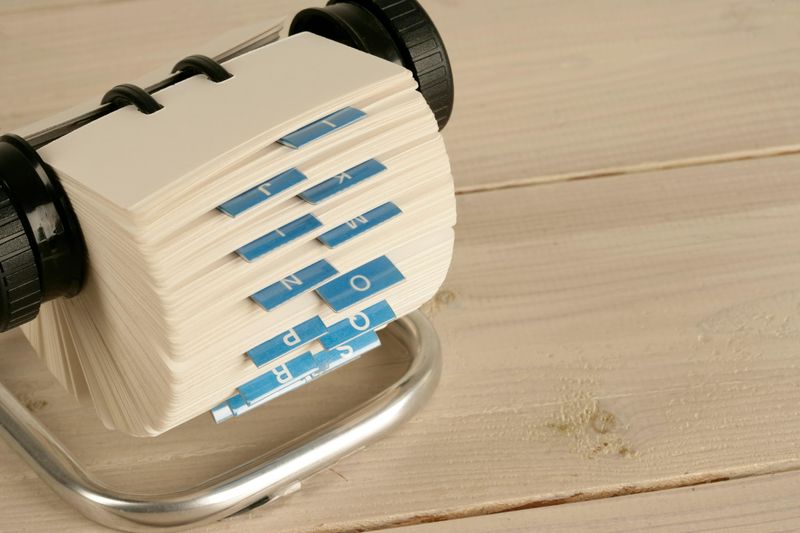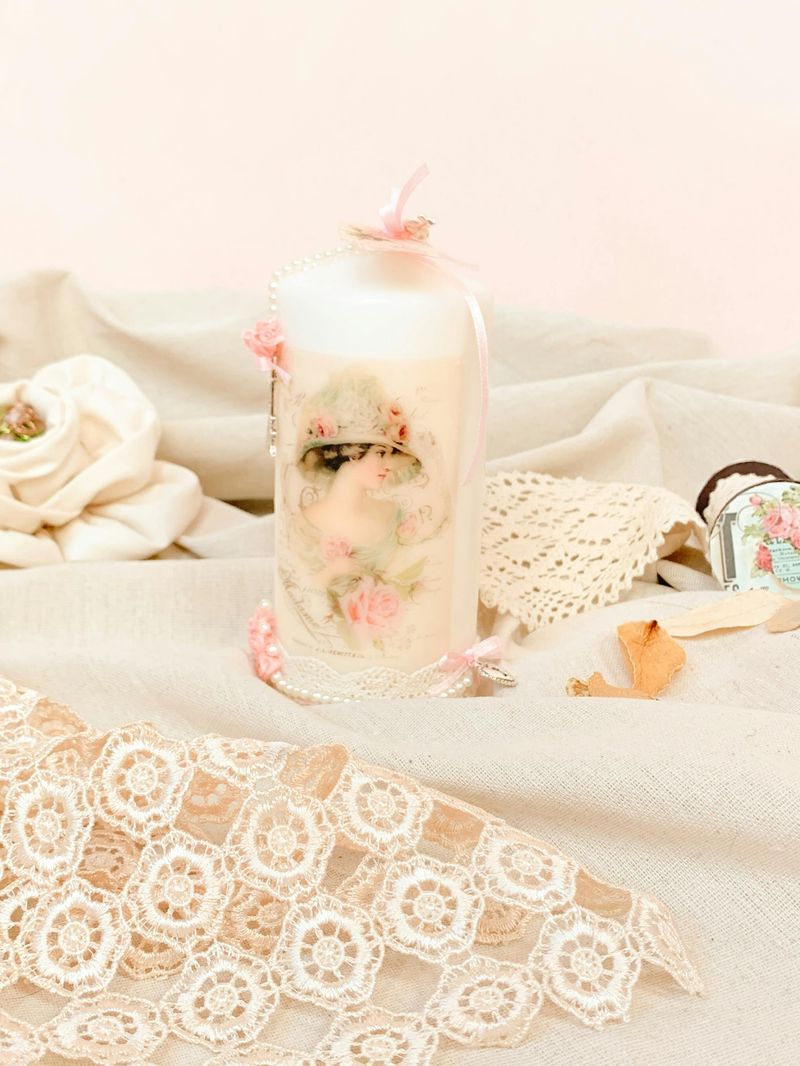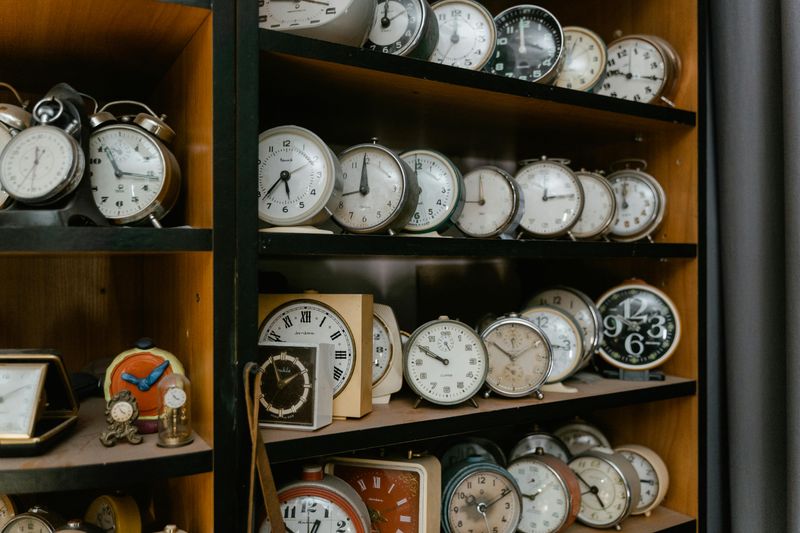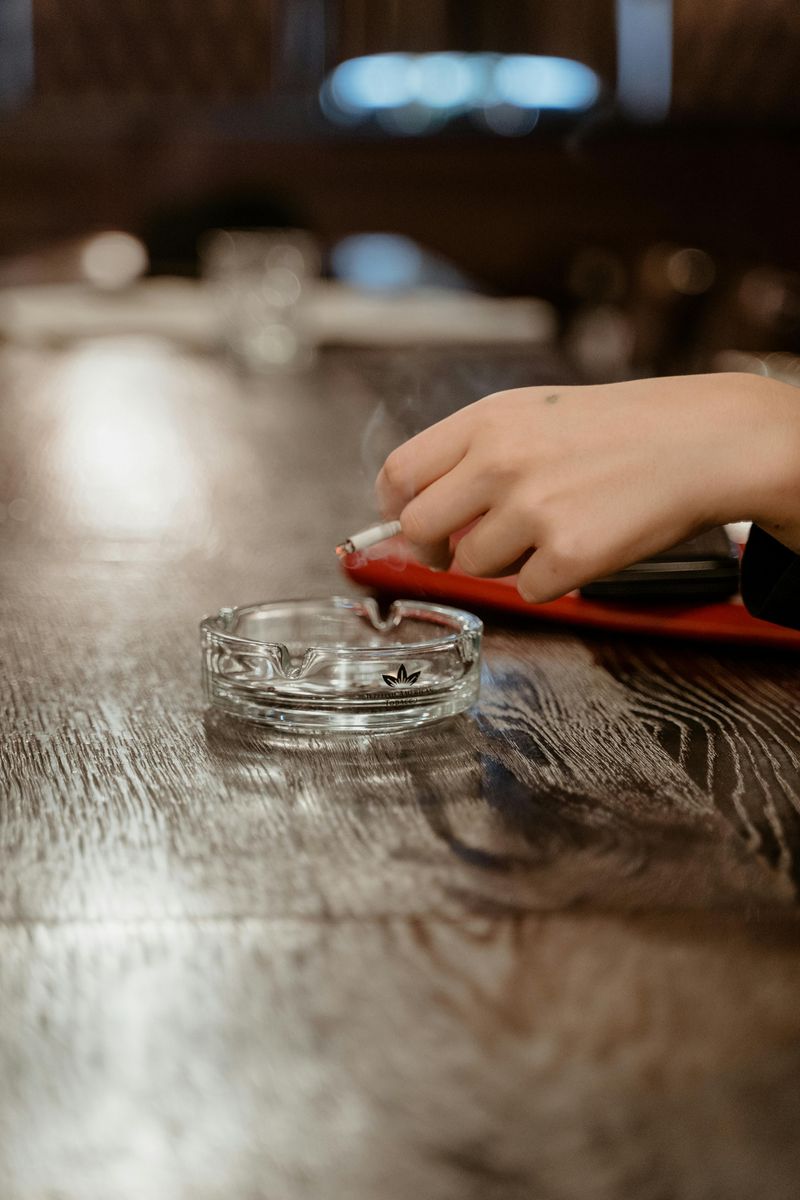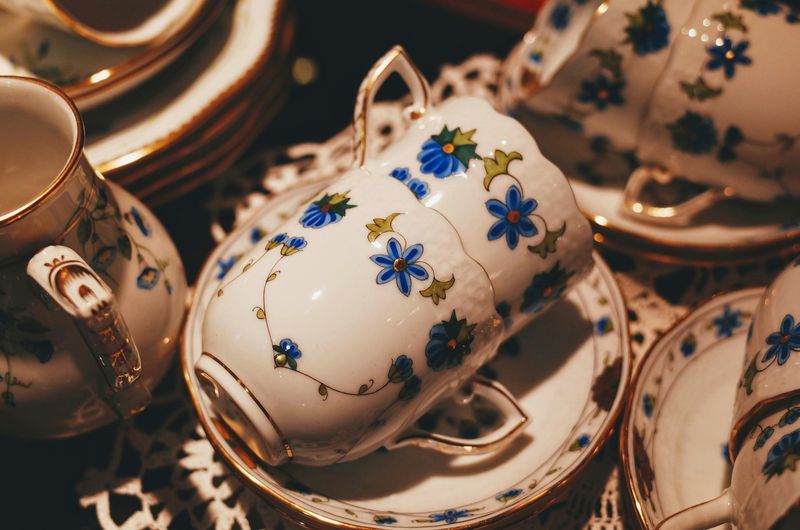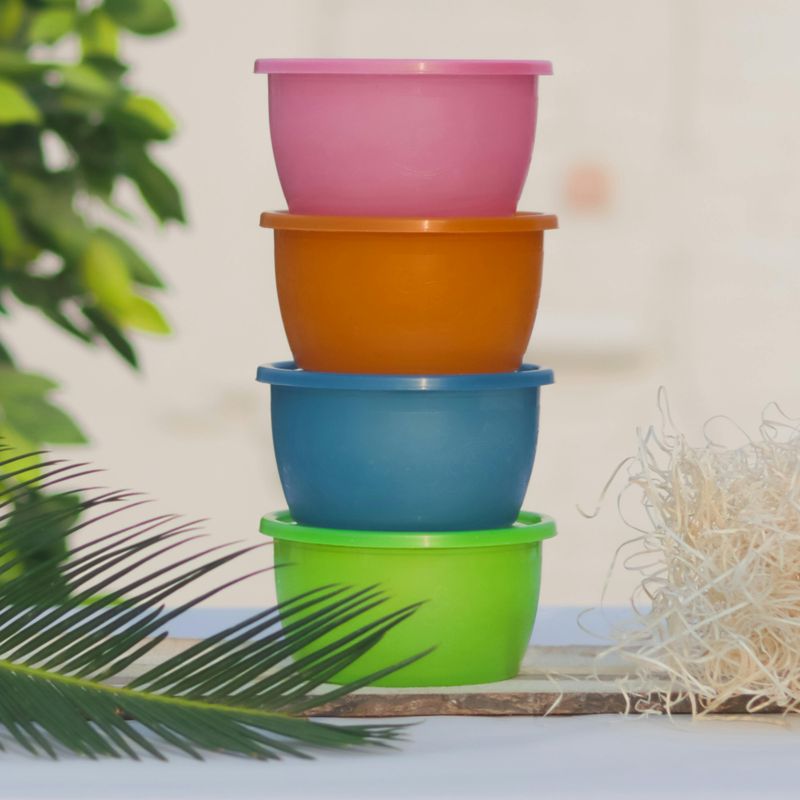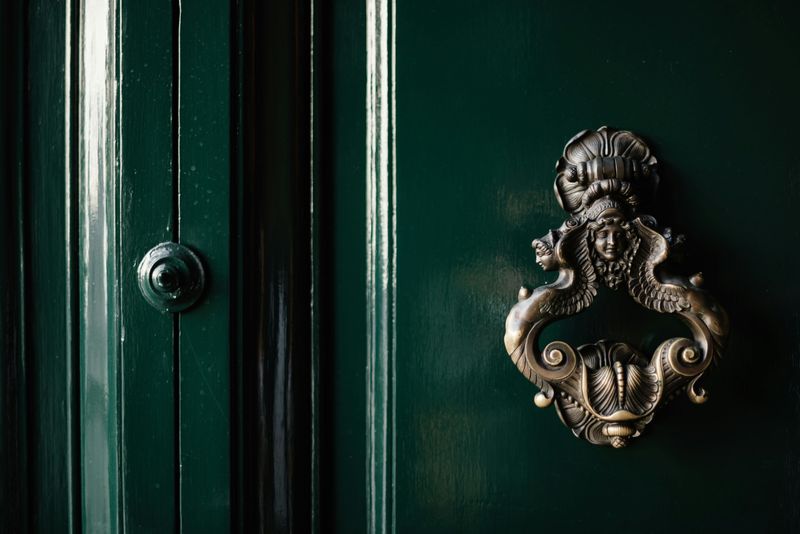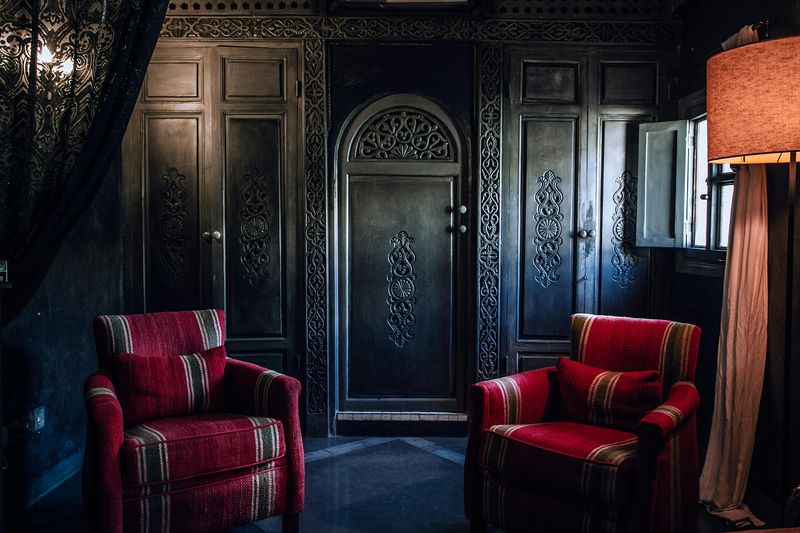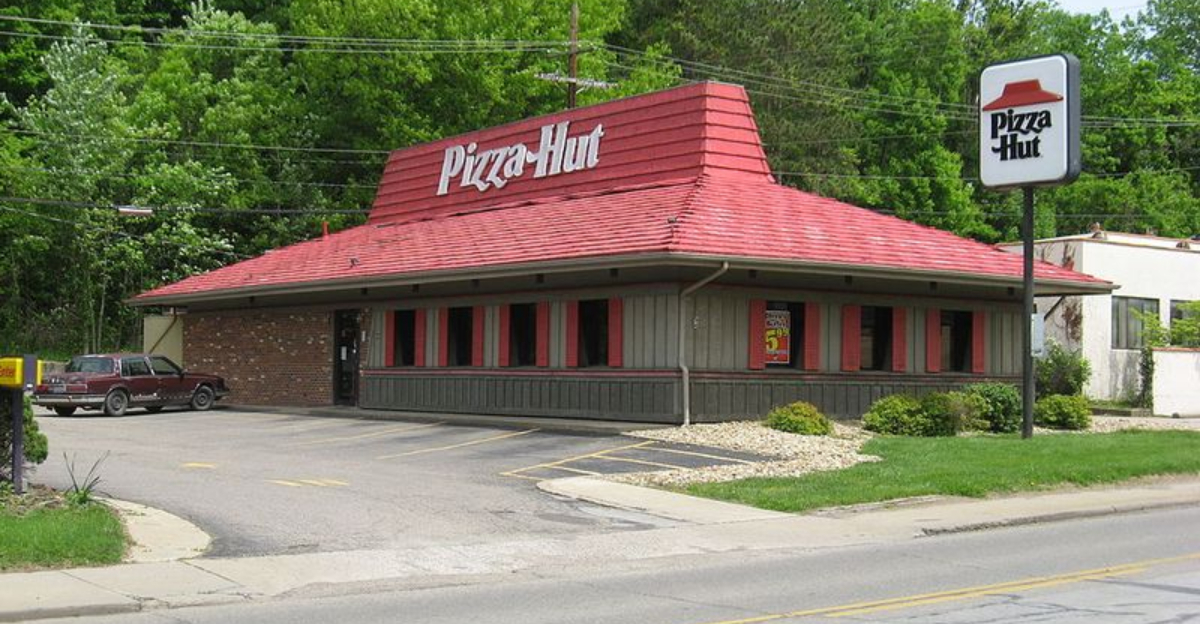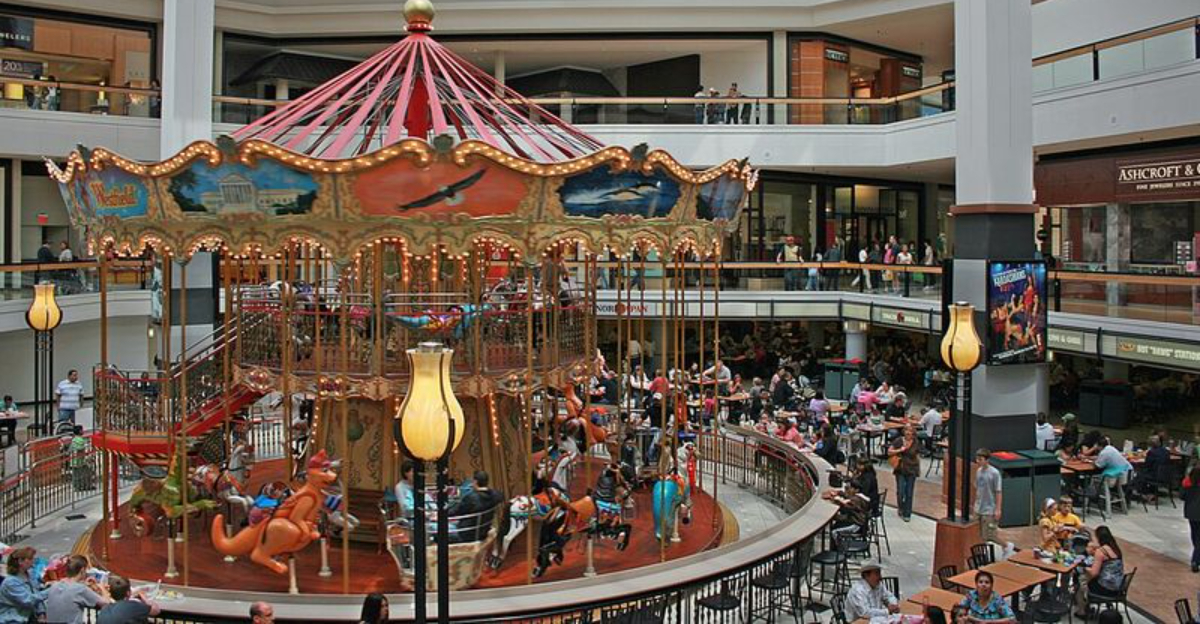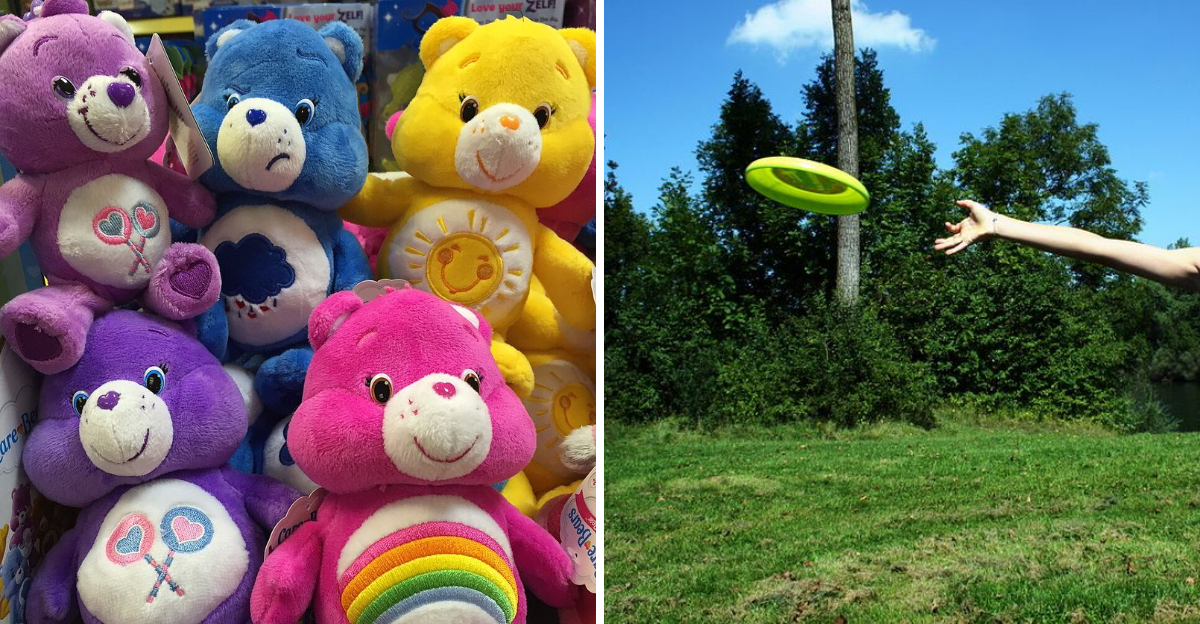13 Household Items That Don’t Belong In A Boomer’s House Anymore
Times change faster than you can say smartphone, and our homes should change with them. Baby boomers grew up with certain household staples that made perfect sense decades ago but now just collect dust and take up valuable space.
If you’re ready to declutter and modernize your living space, here are some items worth reconsidering.
1. Old Tube Televisions
Remember when TVs weighed more than a small car? Those bulky cathode ray tube monsters dominated living rooms for decades, but their time has passed.
Modern flat screens offer better picture quality, use less energy, and won’t give you a hernia when moving furniture. Plus, streaming services have made cable boxes practically obsolete.
Recycling centers gladly accept old tube TVs, so there’s no excuse to keep that dinosaur around just for nostalgia’s sake.
2. VHS Tapes And VCR Players
Your wedding video might be precious, but keeping it on a degrading VHS tape isn’t doing anyone favors. Magnetic tape loses quality over time, and finding a working VCR grows harder each year.
Digital conversion services can preserve those memories in crystal-clear formats that won’t fade. Streaming platforms offer nearly every movie ever made, eliminating the need for plastic tape libraries.
Those rewinding days are officially over, friends.
3. Landline Telephones With Cords
Though landlines once ruled communication, smartphones now handle calls, texts, photos, and basically everything except making breakfast. Corded phones trap you in one spot during conversations, which feels downright medieval today.
Emergency services can track cell phones more accurately than landlines. Monthly landline fees add up quickly when everyone already carries a phone in their pocket.
Cut the cord literally and save yourself some cash.
4. Rolodexes Or Paper Address Books
Flipping through cards to find someone’s number feels charmingly retro until you actually need information fast. Paper systems can’t back themselves up, and one coffee spill destroys years of contacts.
Cloud-based contact lists sync across devices automatically and update when people move or change numbers. Search functions beat alphabetical browsing every single time.
Your smartphone contact list won’t judge your handwriting either, which is honestly a bonus.
5. Doilies And Lace Table Covers
Grandma’s intricate lace doilies showcased impressive craftsmanship but demanded constant washing and ironing to stay presentable. They collect dust like magnets and make surfaces look cluttered rather than elegant.
Simple placemats or bare wood tables create cleaner, more contemporary aesthetics. If you appreciate the handiwork, frame a special piece as wall art instead.
Modern minimalism beats fussy fabric any day of the week, no contest.
6. Flip-Number Alarm Clocks
That satisfying flip-flip-flip sound might trigger nostalgia, but these mechanical marvels often tick loudly enough to prevent actual sleep. They lack features like gradual wake-up lighting or customizable alarm tones.
Smartphones double as alarm clocks with infinite snooze options and weather updates. Smart home devices can adjust bedroom lighting and temperature automatically.
However charming, flip clocks belong in vintage shops, not on your nightstand anymore.
7. Encyclopedias Or Phone Books
Encyclopedia sets once represented the pinnacle of home reference materials, but they became outdated the moment they were printed. Phone books arrive uninvited and go straight to recycling in most households.
Internet search engines provide current information instantly, with sources you can cross-reference. Digital maps and directories update continuously, unlike annual print editions.
That shelf space could hold books you’ll actually read instead of dusty reference volumes.
8. Ashtrays If No One Smokes
Keeping ashtrays around when nobody smokes is like storing horse saddles when you drive a Honda. They serve zero purpose and send weird signals to guests about your home habits.
Smoking rates have plummeted since the 1960s, and most people prefer smoke-free environments. Decorative bowls work better for holding keys or loose change.
If you quit smoking, congratulations! Now ditch those ashtrays and celebrate your healthier lifestyle properly.
9. Ceramic Figurine Collections
Precious Moments figurines and porcelain collectibles seemed like valuable investments decades ago, but most hold more sentimental than monetary value. They require constant dusting and dominate display space that could showcase personal photos or artwork.
Younger generations rarely want to inherit these fragile collections. Donating them to thrift stores helps others enjoy them without cluttering your shelves.
Minimalist decor trends favor meaningful pieces over mass-produced trinkets anyway.
10. Old Plastic Tupperware From The 1970s
That harvest gold Tupperware survived decades of microwaving, but plastic degrades over time and can leach chemicals into food. Stained, warped containers with missing lids create kitchen chaos rather than organization.
Glass storage containers resist stains, last longer, and reheat food more evenly. Modern designs stack efficiently and look infinitely better in refrigerators.
Retire those vintage containers before they retire themselves by cracking at the worst possible moment.
11. Decorative Wall Plates
Wall plates once demonstrated worldly sophistication or commemorated special occasions, but now they mostly demonstrate commitment to dusting. These ceramic circles rarely match modern design schemes and risk crashing down during earthquakes or enthusiastic vacuuming.
Contemporary wall art offers more visual interest and personal expression. Photo galleries or canvas prints create focal points without the breakage risk.
Unless you’re curating a museum exhibit, those plates deserve retirement from vertical duty.
12. Brass Fixtures And Decor
Shiny brass everything dominated 1980s design, from light fixtures to doorknobs to magazine racks. Unfortunately, brass tarnishes quickly and requires regular polishing to maintain that golden gleam.
Brushed nickel, matte black, or stainless steel finishes look cleaner and more contemporary. They resist fingerprints better and require minimal maintenance.
Save yourself hours of polishing by swapping those brass relics for modern alternatives that actually stay attractive.
13. Formal Living Rooms Nobody Uses
Maintaining a formal living room that stays perpetually empty except for Thanksgiving guests seems wildly impractical today. Homes should function for daily life, not exist as showrooms for hypothetical visitors.
Converting that space into home offices, play areas, or cozy reading nooks maximizes square footage. Families gather where comfort exists, not where furniture fears sitting.
Break free from outdated entertaining rules and actually enjoy every room in your house, starting now.

